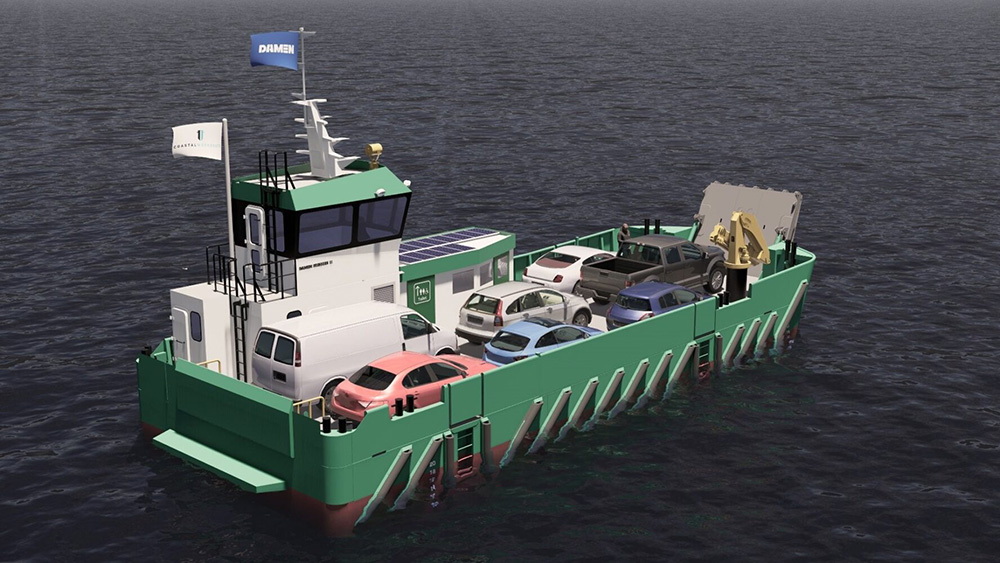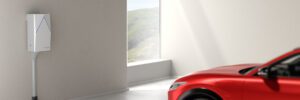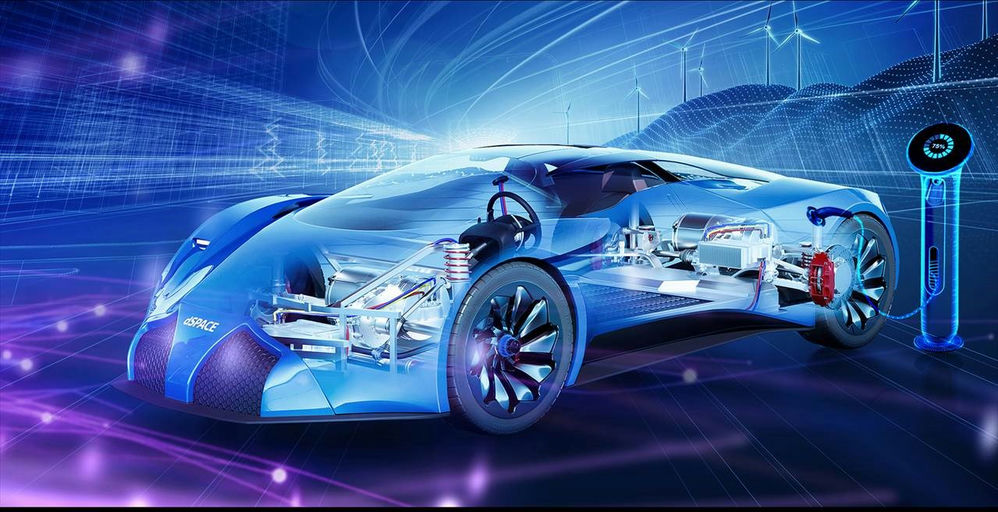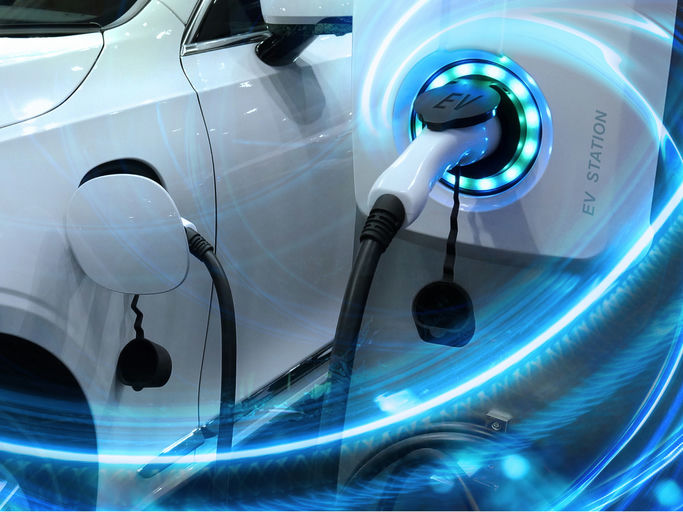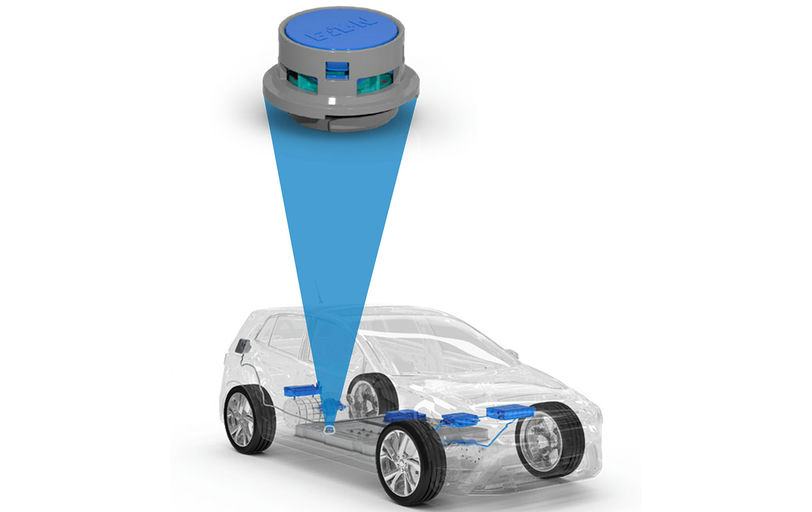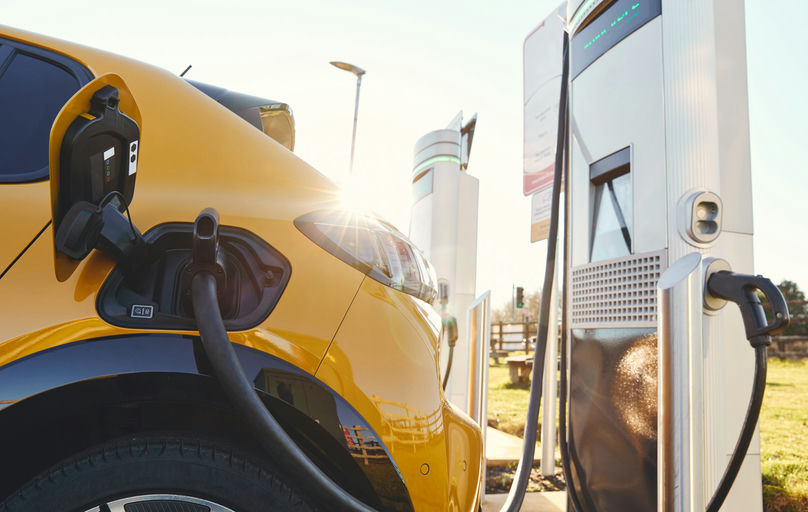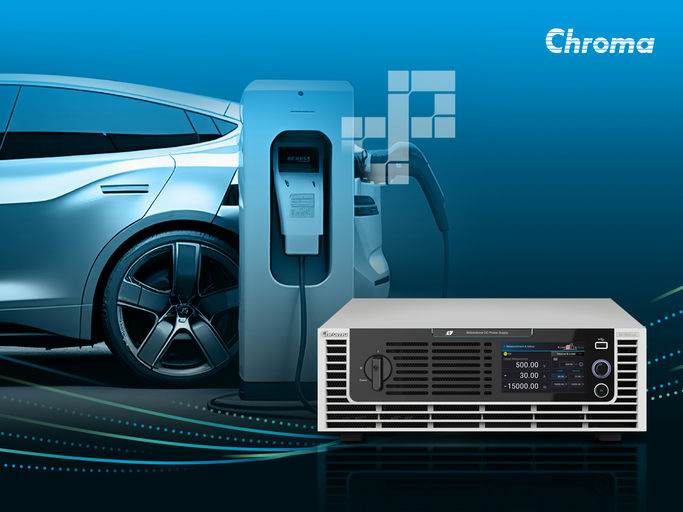
There’s a lot of speculation about the effects widespread EV adoption will have on the electrical grid, but until now, little hard data. A recent study has found that, so far, EVs are having a salutary effect on the grid, saving ratepayers billions of dollars on their electricity bills.
The analysis, which was commissioned by the National Resources Defense Council, and performed by Synapse Energy Economics, compared the prices EV owners paid for electricity with the costs for utilities to build power plants and to generate and distribute the energy. The study found that, in the aggregate, EVs delivered billions of dollars in net revenue to the grid between 2011 and 2021.
The main reason that EV charging is lowering the cost of electricity for all consumers is that EV drivers tend to charge at home overnight, when demand for electricity is far below the electric grid’s capacity. Customer savings are projected to increase in the coming years as more EVs and more renewable energy sources are hooked up to the grid.
“Many future-looking studies have predicted that vehicle electrification would have this downward pressure effect on rates,” writes Jordan Brinn, a Clean Vehicles and Infrastructure Advocate at NRDC. “This study uses real-world data to show that this effect isn’t just a future theory—it’s been happening for over a decade across the US.”
EV drivers are saving money too. They pay less to charge their cars than to fill up their gas tanks, while generating revenue for their local electric utilities (instead of for multinational oil companies).
Some utility customers benefit from time-of-use rates, which are structured to encourage EV charging during off-peak hours, when total demand for electricity is lowest. It’s easier and cheaper for utilities to provide electricity during overnight periods of low demand.
According to NRDC’s data, utility savings due to EV adoption has outpaced the additional costs (for charging station deployment and other programs designed to encourage EV adoption) by $2.44 billion. This savings doesn’t always go to utility shareholders—many states require revenue decoupling, which mandates that additional revenue be returned to utility customers in the form of lower rates and bills. Even in states that haven’t adopted revenue decoupling, utilities have to report revenue through rate case proceedings, and rates and bills are adjusted accordingly, so EV charging should still put downward pressure on rates to the benefit of all customers, not just EV owners.
Furthermore, the study found a correlation between the net rate impact and the number of EVs on the road in a given state. The more EVs there are on the road, the higher the net revenue is for utilities, and the lower utility bills are for all customers.
Source: Synapse Energy Economics via Utility Dive
Source: Electric Vehicles Magazine



